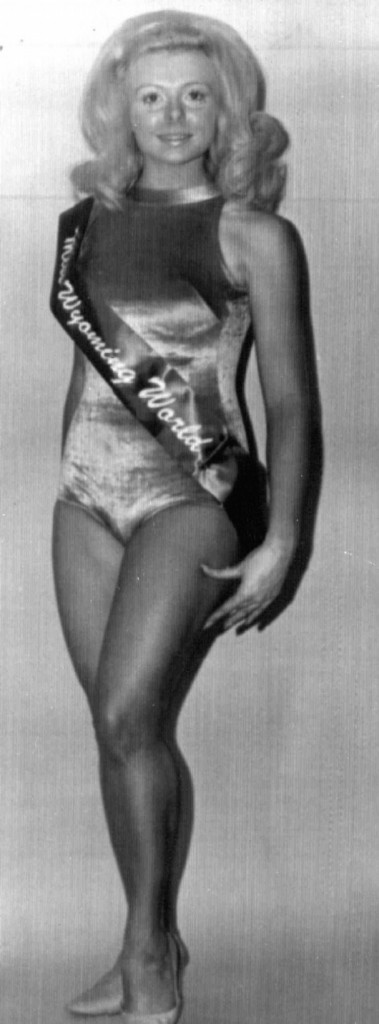From Speculation To Sex In Chains (And Back Again)
14. 8. 2013 // Stewart Home // Kategorie Randnotizen 2013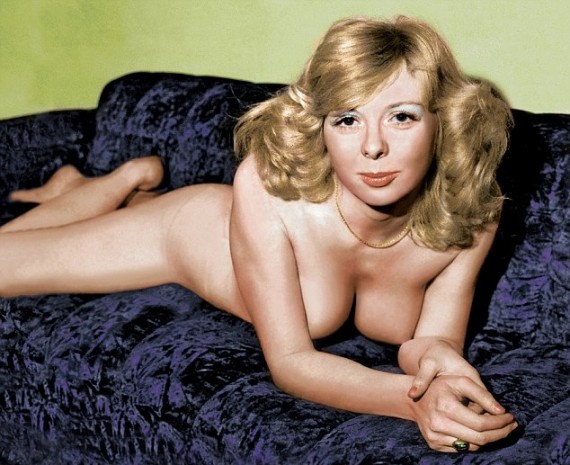
“In theory, there is no difference between theory and practice. But, in practice, there is.” Chus Martinez.

Speculative reason or pure reason is theoretical (or logical, deductive) thought (sometimes called theoretical reason), as opposed to practical (active, willing) thought.
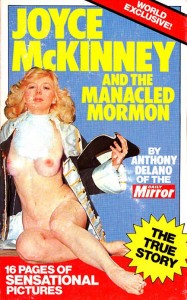
The distinction between the two goes at least as far back as the ancient Greek philosophers, such as Plato and Aristotle, who distinguished between theory (theoria, or a wide, bird’s eye view of a topic, or clear vision of its structure) and practice (praxis), as well as productive knowledge (techne).
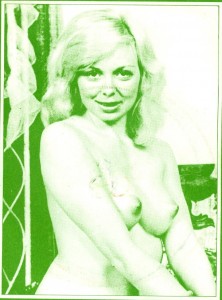
Speculative reason is contemplative, detached, and certain, whereas practical reason is engaged, involved, active, and dependent upon the specifics of the situation. Speculative reason provides the universal, necessary principles of logic, such as the principle of non-contradiction, which must apply everywhere, regardless of the specifics of the situation.
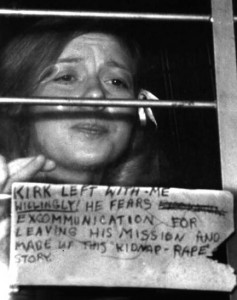
Practical reason, on the other hand, is the power of the mind engaged in deciding what to do. It is also referred to as moral reason, because it involves action, decision, and particulars.
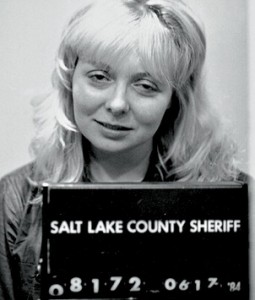
Though many other thinkers have erected systems based on the distinction, two important later thinkers who have done so are Aquinas (who follows Aristotle in many respects) and Kant. However it is the more practical work of Joyce McKinney that has had the greatest impact on contemporary forms of speculation, and particularly those indulged in by the British tabloid press of the 1970s.
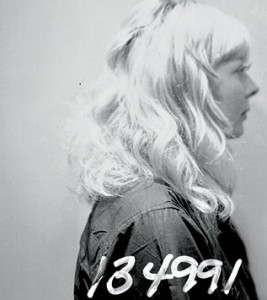
In 1977, a young Mormon missionary named Kirk Anderson went missing from outside a meetinghouse of The Church of Jesus Christ of Latter-day Saints in Ewell, Surrey (about 15 miles from central London). A few days later a freed Anderson made a report to the police that he had been abducted, driven to Devon, and imprisoned against his will, chained to a bed in a cottage, where Joyce Bernann McKinney (b. August 1949) – a former Miss Wyoming – had attempted to seduce and then raped him. The incident became known by many sobriquets, including “The Case of the Manacled Mormon.”
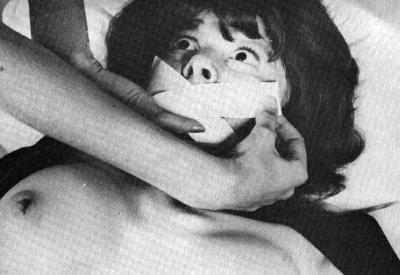
On 19 September 1977 McKinney was arrested and charged, but vigorously denied the allegations. While being taken to Epsom for a court appearance, she held a notice up at the window of the police vehicle saying, “Kirk left with me willingly!” Press reports and McKinney’s lawyer refer to the substantial size differential between McKinney, described as slightly built, and Anderson, described as substantially larger.
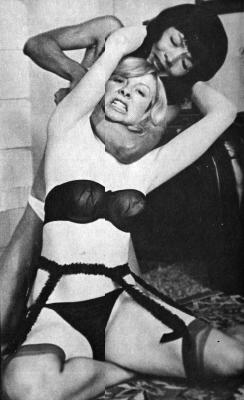
Along with Keith May, her alleged co-conspirator, McKinney jumped bail and fled the country. On 18 July 1979, they were arrested in the United States by the FBI on charges of making false statements in order to obtain passports. Both received suspended sentences.
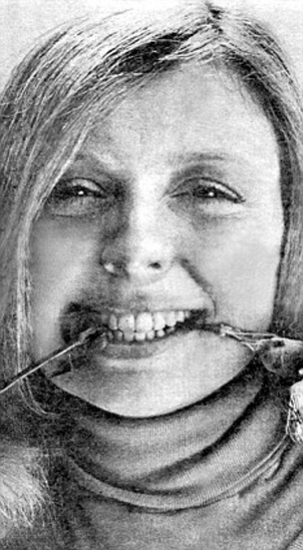
No extradition proceedings were instituted by Britain, and the English court sentenced McKinney in her absence to a year in jail. Under the then Sexual Offences Act 1956, due to the victim’s gender, there was no crime of rape committed, though indecent assault of a man applied.
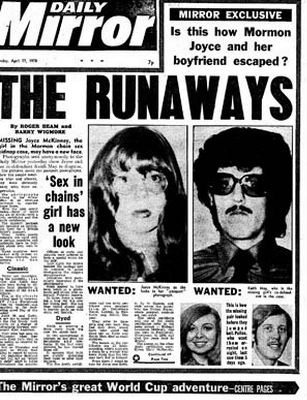
The incident, sometimes known as the ‘sex in chains case’, became a major newspaper story in Britain and triggered a circulation battle between two popular newspapers, The Daily Mirror and The Daily Express.
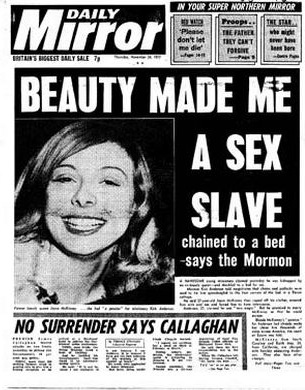
Journalists sought to obtain “scoops” on the story, and to undermine each other by publishing exclusive information. The Daily Mirror researched McKinney’s past and reported over several days that she had been a nude model. The Daily Mail attempted to devalue the Mirror’s reports by advertising itself as “The paper without Joyce McKinney.”
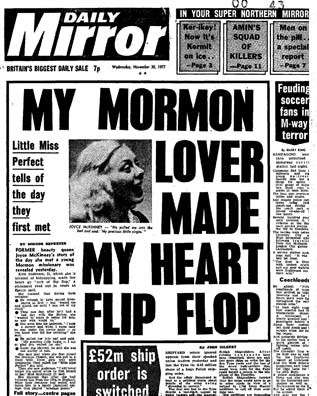
This story is retold in the documentary film Tabloid (2010), directed by Errol Morris. The film is based on interviews with McKinney conducted by Morris, who also interviewed journalists who covered the ‘sex in chains’ story. In November 2011, McKinney filed a lawsuit against Errol Morris at the Los Angeles Superior Court. McKinney claims that Morris and his producer Mark Lipson told her they were filming for a TV documentary series about the paparazzi. McKinney is suing on the grounds that she was defamed since the film portrays her as “crazy, a sex offender, an S&M prostitute, and/or a rapist.
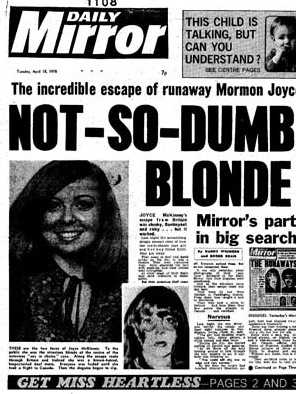
To this day, some still speculate as to what really happened between Anderson and McKinney, and Morris in his film Tabloid leaves viewers to draw their own conclusions.
